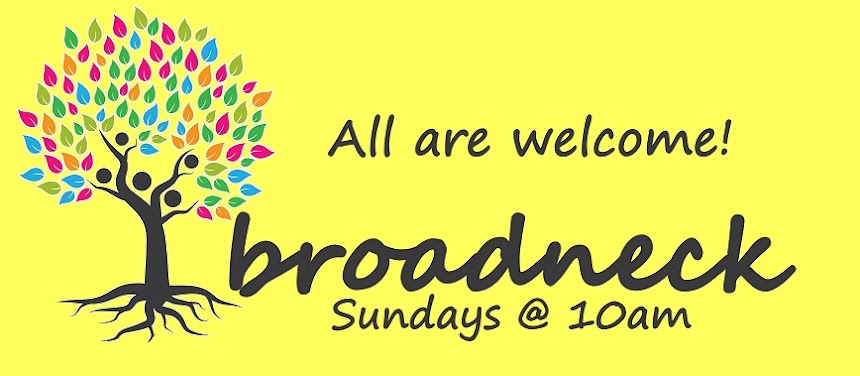
Our passages for this second Sunday in Lent are Genesis 9:8-17 and Mark 11:12-19 (it would also be helpful for you to continue on and read Mark 11:20-25, though these events do not happen until Tuesday--they are essential for understanding this week's text, as we will discuss below). Give them a read-through--in particular the Mark passage--here.
When we began our journey through Mark's gospel back in January, I mentioned that you might fall in love with Mark if you have a touch of ADD, because this gospel writer has this interesting tendency to begin a story, then get distracted and tell another story, then come back to the original story. This has been called by some a "Markan Frame", where one story is framed by another unfolding on either side of it; by some a "Markan Sandwich" (using the metaphor of one story/incident as the bread and the other as the meat between the slices); and by some a "Markan intercalation" (which I just find too hard to pronounce).
I like the sandwich metaphor, goofy as it is, because of what blogger David Ewart pointed out: "Just like a regular sandwich, we are meant to digest all three layers at once - not first interpret the top piece of bread, then the filling, then the bottom piece of bread. The "filling" helps us understand the "bread," and the outer pieces of bread help us to understand the middle." In other words, when Mark tells stories in this seemingly disjointed fashion (which he does at least 9 times in his gospel--including 5 times in the Holy Week narratives including this week's episode), he is meant for us to use the story that he begins and ends with to interpret the story in the middle, and the story in the middle to interpret the one he begins and ends with. These are not disconnected incidents or signs of Mark's distractibility; rather, he (and, by extension, Jesus) has paired these events purposefully so they may shed light on one another.
That said, a fig tree and a Temple don't seem to have much to do with one another--but Mark has paired two of the most mystifying stories we have about Jesus, his only destructive miracle (the cursing of the fig tree in Mark 11:12-14 and 20-25) and his display of some sort of righteous anger in the Temple (Mark 11:15-19) in a way that shows they are meant to be digested together.
So as we look at these two passages..how are they connected to one another? How are they meant to be read, heard, perceived, understood in partnership with each other rather than independently? And what can we learn from these strange, strange stories that Mark has sandwiched together about what Jesus was trying to get across on the Monday morning of his last week?

No comments:
Post a Comment